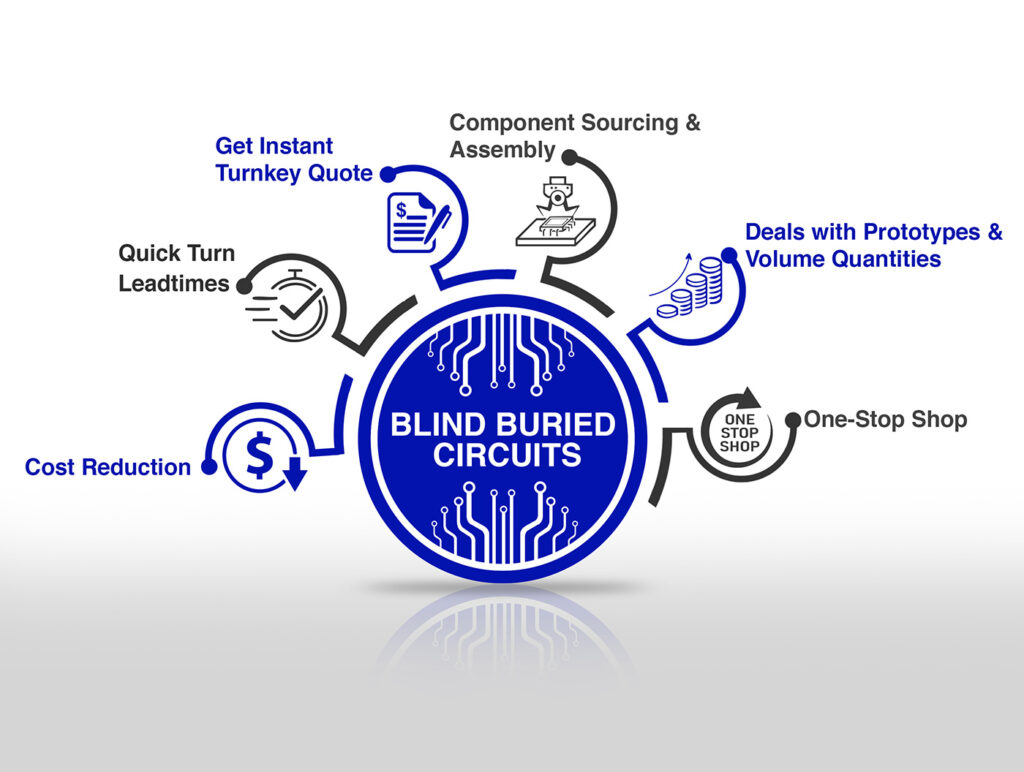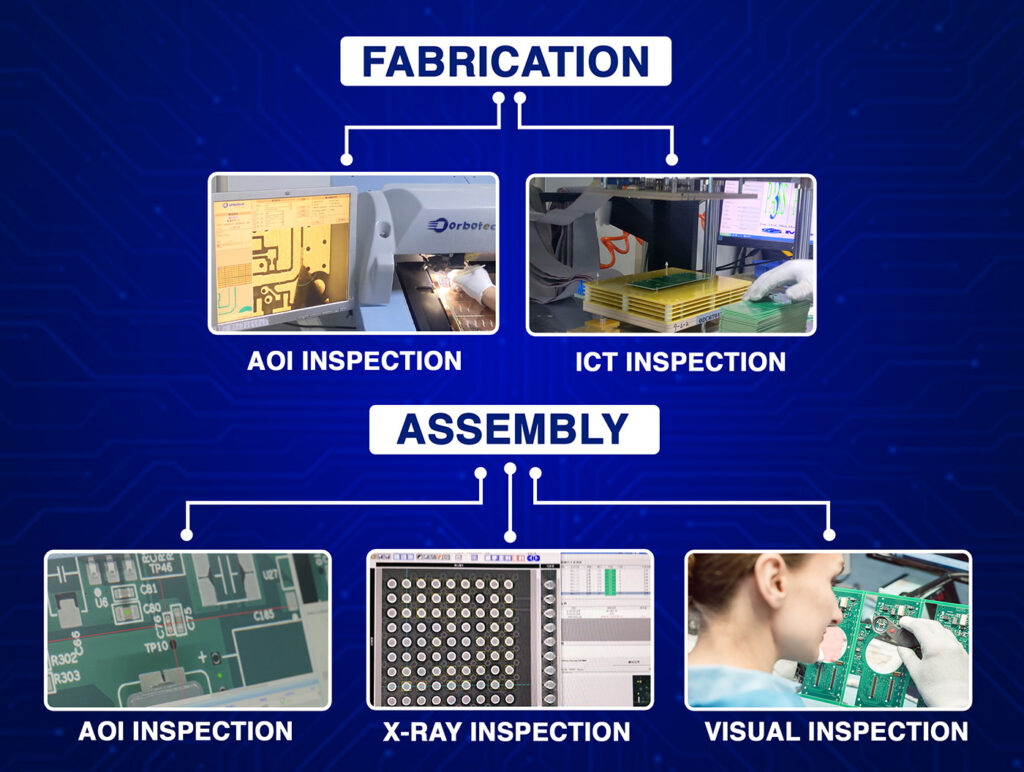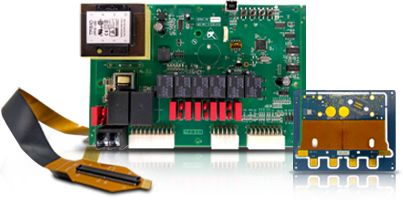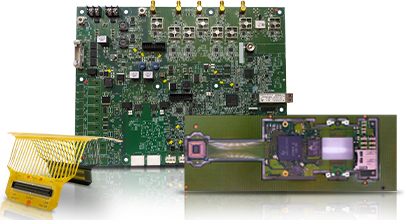It is no secret that the Internet of Things (IoT) has taken the world by storm due to how devices communicate and solve problems in business sectors like healthcare, automotive, smart homes, and many more. A vital component of an IoT device is the printed circuit board (PCB) technology embedded within it. Working with a reputable flex-rigid PCB manufacturer guarantees that the design of the IoT device will be flexible and durable enough to function correctly.
In this blog, we will discuss the importance of Flex and High-Density Interconnect (HDI) PCBs in IoT device design, their benefits, and successful manufacturing practices.
Flex and HDI PCBs Overview
What Are Flex PCBs?
Flex PCBs can twist and turn without breaking. Owing to the use of polyimide substrates, they can be made to fit in compact shapes, making them ideal for wearable technologies and portable IoT devices.
What Are HDI PCBs?
HDI PCBs, or high-density interconnect printed circuit boards, are high-performance boards with fine lines, micro vias, and packed components. They are best suited for highly compact IoT applications as they offer lightweight, compact designs without losing any functionality.
The Integration of Flex and HDI PCBs in IoT Devices
The application of Flex and HDI PCBs in the same device provides a unique solution for IoT devices, as they are flexible, lightweight, and offer high component density, which allows even advanced and complex functions with circuits in compact designs.
Primary Benefits of Flex and HDI PCBs Integration
-
Economical
Many IoT devices have compact designs because they need to fit into portable or even wearable embedded devices. Flex PCBs allow the use of unconventional shapes, while HDI PCBs manage to fit many parts into a small space.
-
Light Weight
For Flex PCBs, device weight reduction is essential for wearables and portable IoT applications. Thus, Flex PCBs greatly reduce device weight.
-
More Robust
Flex and HDI PCBs are durable enough to resist most types of vibrations and thermal stress, making IoT devices more robust and giving them a longer service lifespan.
-
Enhanced
Increased data transmission, and signal integrity while using HDI PCBs are the result of deeper IoT application. Those factors are necessary for IoT applications with elevated performance.
-
Flexibility Range
Flex and HDI PCBs are so flexible that certain important specifications can be attained for certain application needs.
The Use of Flex and HDI PCBs in IOT Devices Connected to the Internet of Things
Wearables
Flex PCBs are crucial in the construction of smartwatches, fitness trackers, and other lightweight wearable health monitors.
Smart Home Devices
Flex and HDI PCBs are used in smart home IoT devices like thermostats and security cameras because of their compact and efficient designs.
Healthcare IoT
Portable diagnostic tools and medical IoT devices seamlessly integrate healthcare environments. Utilizing Flex PCBs provides the needed reliability and flexibility.
Industrial IoT (IIoT)
Flexibility and high component density make HDI PCBs ideal for industrial sensors and automation systems that must operate efficiently in harsh environments.
Automotive Applications
A combination of Flex and HDI PCBs powers advanced infotainment and safety systems in connected vehicles.
Learn About: Advanced PCB Design for the Future of Embedded Systems and the Internet of Things
Key Design Considerations for Flex and HDI PCBs
The market for high-density interconnect (HDI) PCBs is growing. Building a professional relationship with a trusted manufacturer of flex-rigid PCBs in the early design stages ensures that they will consider the manufacturing capabilities and cost estimates when designing the product.
1. Material Selection
Polyimide Substrates are commonly preferred due to their heat resistance and Flexibility Making them an excellent choice for flex PCBs.
2. Design for Manufacturing (DFM)
This approach allows problems to be recognized early on, which in turn assists in saving production costs and time required for completing the task.
3. Thermal Management
Adequate strategies for thermal control need to be developed and implemented, as IoT devices produce heat.
4. Signal Integrity
Achieving signal integrity in miniaturized structures is a difficult task, yet it is vital to the operational efficiency of IoT devices.
5. Environmental Considerations
Make sure that your PCBs are designed to withstand environmental hazards, such as high and low humidity, extreme temperatures, and mechanical impacts.
Flex and HDI PCBs Manufacturing
Advanced Techniques of Manufacturing
The current state of Flex and HDI PCB manufacturing requires micro vias laser drilling, selective etching, and automated assembly for PCBs to meet industry standards.
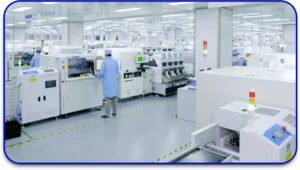
Tests and Quality Assurance
Systematic tests, functional tests, and automated optical inspection (AOI) continuously ensure the reliability and performance of Flex and HDI PCBs.
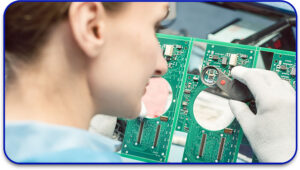
Prototyping Services
Rapid prototyping makes pre-production design testing possible. It provides flexibility with lower risks and reduces the time needed for products to enter the market.
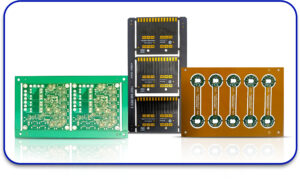
Working With a Trusted Flex-Rigid PCB Manufacturer
Finding the right flex-rigid PCB provider is one of the most critical points within the development cycle of IoT devices. Consider a provider who has the following:
- Experience: specialized proficiency in manufacturing Flex and HDI PCBs.
- Advanced Capabilities: modern equipment and procedures.
- Quality Assurance: supervised testing and inspection.
- Customer Support: This department will assist you during the design and manufacturing stages.
Working with Flex and HDI PCBs has various advantages, such as high miniaturization, lightweight construction, and high performance. A reputable Flex-Rigid PCB manufacturer allows your IoT devices to meet the highest standards of quality and functionality.
The same principle applies when designing wearables, smart homes, and industrial IoT devices: choosing the appropriate technology and a competent manufacturer is critical. Contact Blind Buried Circuits to discuss how we can assist you with your IoT innovations.

